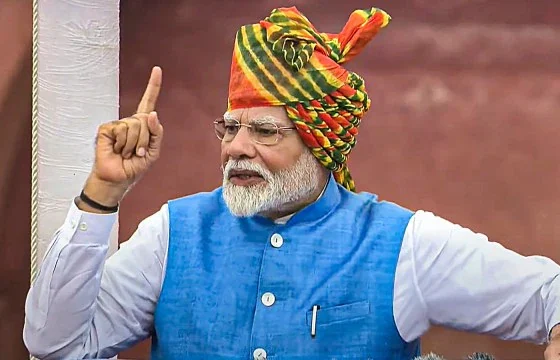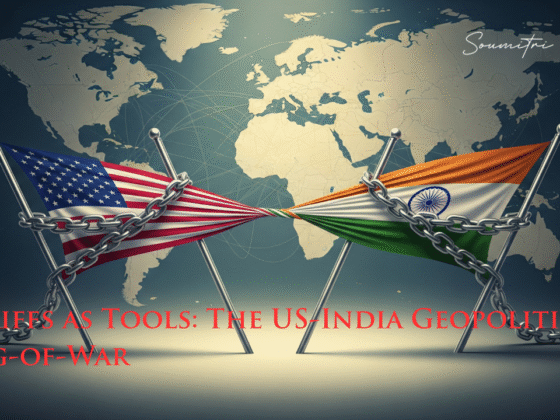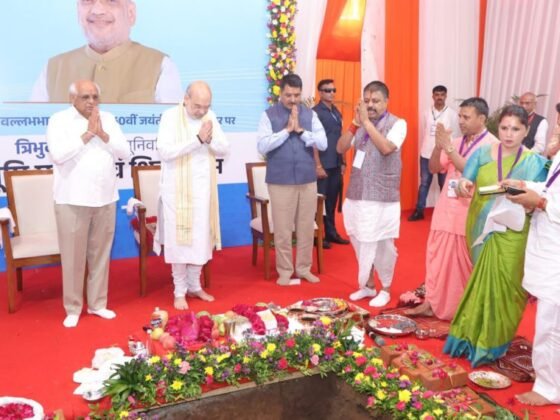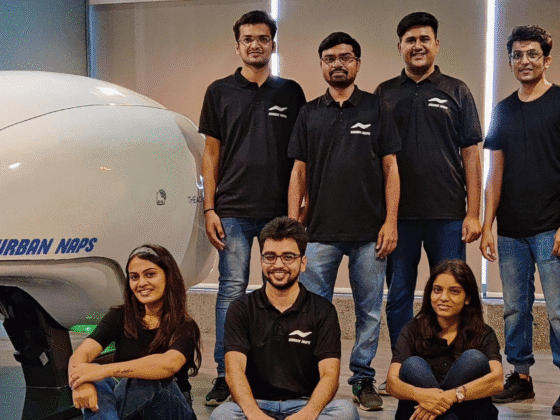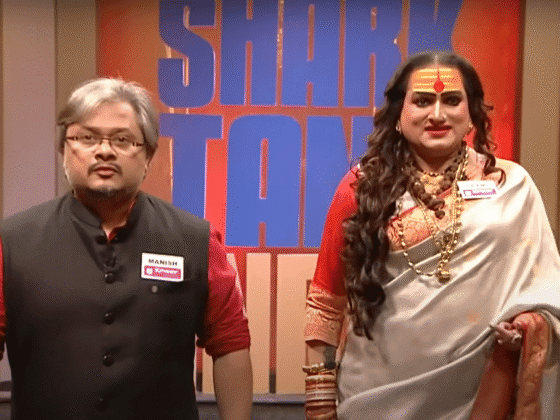Hollywood doesn’t choose its future leaders at random. When screenwriters sprinkle Indian (or Modi‑looking Gujarati) characters into the loftiest seats of power, they’re echoing three real‑world trend‑lines the West’s creative class tracks every day:
| What’s happening off‑screen | Why it translates into on‑screen Indian (often Gujarati) leadership | |
|---|---|---|
| 1. Economic heft | India is on course to become the world’s #3 economy before 2030 and will supply the deepest pool of middle‑class consumers this decade. World Economic Forum | A future super‑economy is a credible place to park the “next UN veto” or “world‑saving NASA director.” |
| 2. Tech & science leap‑frogging | From a private‑space boom to the world’s most used digital‑payments rail (UPI), India signals hard‑science know‑how. | Futurist plots need believable tech powers; an “Indian solar‑cell drone” or Mars‑mission chief instantly grounds the script. |
| 3. Soft‑power & diaspora visibility | CEOs of Alphabet, Microsoft, Adobe, IBM and UK PM Rishi Sunak all trace roots to Gujarat or neighbouring states; Narendra Modi’s globe‑trotting diplomacy keeps a Gujarati face in every Western newsfeed. | Hollywood shorthand: put a Gujarati‑looking politician at the G‑20 table and US audiences recognize the silhouette. |
Below are four main‑stream sci‑fi films that bake those assumptions into the plot – plus what each moment says about the West’s perception of India and, by extension, Gujarat.
1. Captain America: Brave New World (2025)
Scene: A high‑stakes treaty summit shows an Indian delegate in a white kurta‑jacket with a close‑cropped white beard – uncanny “PM Modi vibes.”
Why it matters: Marvel could have rendered a generic diplomat but chose a Modi‑coded cameo, signalling that an Indian (read: Gujarati) voice is indispensable in future great‑power bargaining. The Times of India

2. Interstellar (2014)
Scene: The opening action beats hinge on an AI‑guided Indian surveillance drone whose solar cells are “so good they could power an entire farm.” Even after global collapse, Indian engineering outlasts everybody else’s kit. Interstellar Wiki
Why it matters: Christopher Nolan slips in the idea that when humanity solves brittle energy supply, the solution plausibly comes from Indian R&D.

3. The Martian (2015)
Scene: Andy Weir’s novel casts Venkat Kapoor, an Indian Hindu, as NASA’s Director of Mars Missions and moral centre of the rescue. Ridley Scott kept the role (renamed Vincent Kapoor) and made him the film’s key adult in the room. Wikipedia
Why it matters: Hollywood’s ultimate “competence fantasy” (saving an astronaut 225 million km away) hangs on an Indian mind running the programme.

4. Star Trek franchise – Khan Noonien Singh
Scene: Canon back‑story says Khan, a genetically enhanced Sikh from Northern India, once ruled a quarter of Earth during the 1990s Eugenics Wars. Wikipedia
Why it matters: As early as 1967, Gene Roddenberry wrote a future in which an Indian rises to global dominance – decades before India’s actual economic surge.

Through‑line: whether saviour (Kapoor), antagonist (Khan), or cameo (Modi look‑alike) the archetype conveys capacity to steer (or menace) the planet.
So why the Gujarati focus?
- Brand Modi. Since 2014, the most internationally televised face of India is Narendra Modi – a Gujarati. Hollywood loves instantly recognisable silhouettes (think Obama‑look‑alike presidents circa 2010).
- Diaspora optics. A disproportionately large slice of Indian‑origin CEOs, venture capitalists and hotel, diamond and retail tycoons hail from Gujarat. LA writers’ rooms rub shoulders with that diaspora in Silicon Valley fund‑raising circuits.
- Entrepreneurial shorthand. Gujaratis are stereotyped (positively) within India as risk‑taking traders. Need a movie oligarch selling orbital lasers? Give them a Gujarati surname and the motivation reads as ‘of course’.
Does Hollywood really “believe” India will lead?
It believes audiences now accept the premise without exposition. India’s GDP chart, satellite‑launch headlines and diplomatic visibility have normalised the idea that:
- Global crises need Indian problem‑solvers.
- Any credible future G‑20 table will seat an Indian PM (often coded Gujarati).
- The Indo‑Pacific century is the obvious canvas for near‑future storytelling.
When those real‑world signals fade, so will the trope. For now, though, a Gujarati cameo in the Situation Room is Hollywood’s quickest way to say “the whole planet is on stage, not just the West.”
FOR MORE BLOGS – beyondthepunchlines.com

 Add to favorites
Add to favorites

